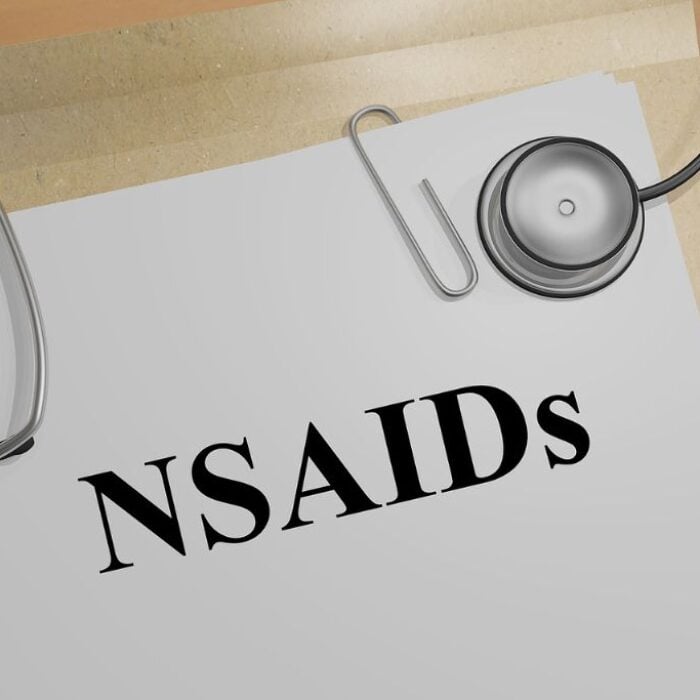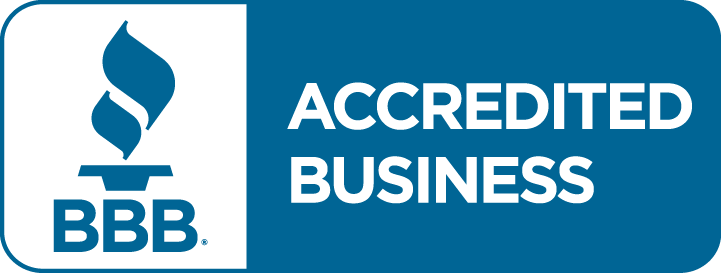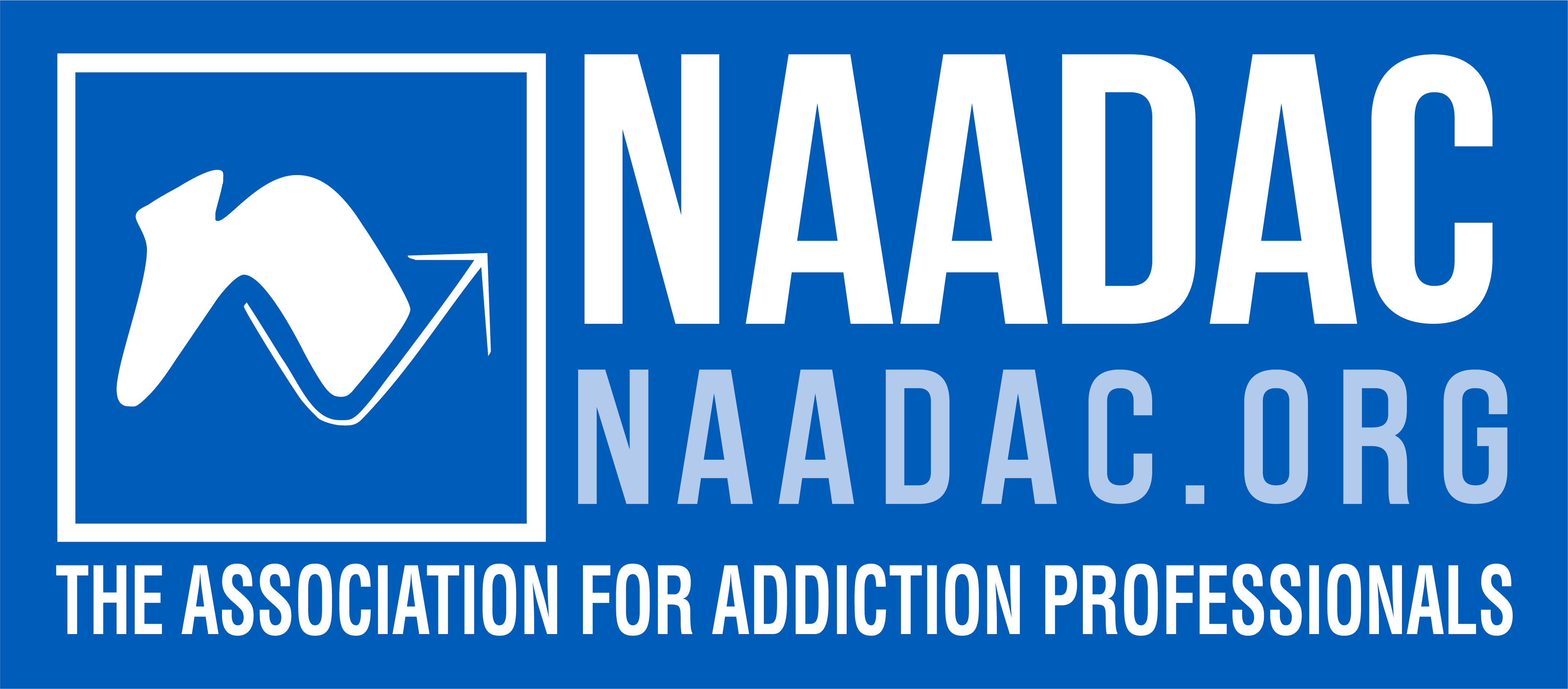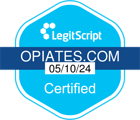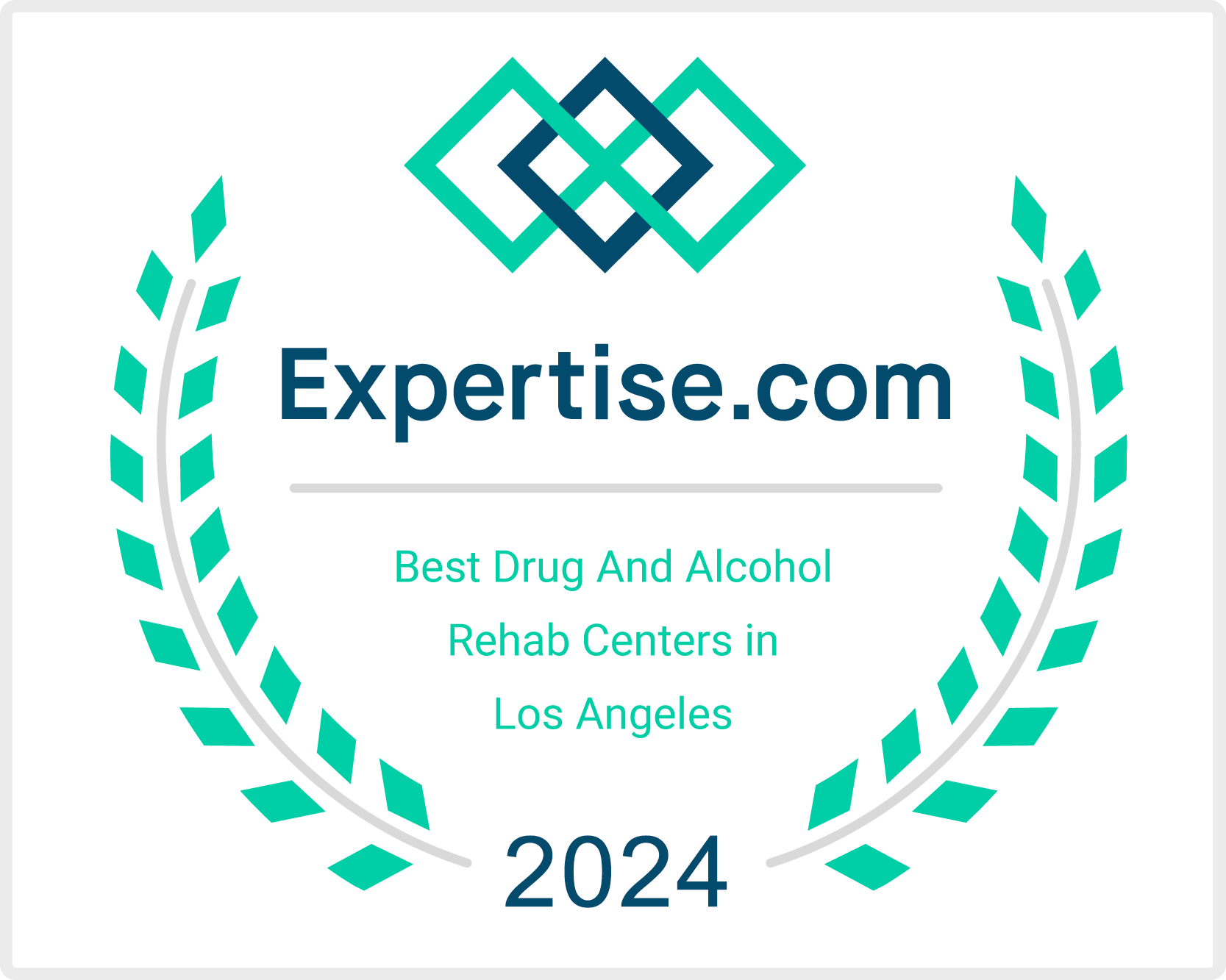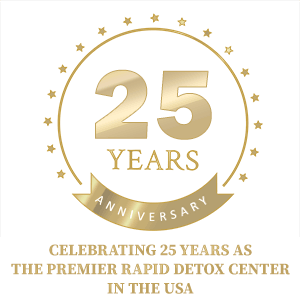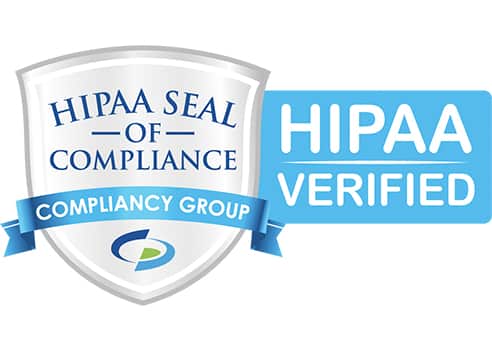The internet has become a breeding ground for false information, especially true for medical claims from other countries. It is crucial to verify the credibility of these claims before taking them at face value. When researching a reputable medical detox program, look for licensed and accredited medical professionals from well-known institutions. This will help to ensure that the information you are receiving is accurate and reliable. Don’t let false claims of overnight miracles lead you astray – take the time to verify their credibility and credentials before making any decisions.
In today’s world of increasingly advanced technology and medical science, it can be easy to forget that not all doctors are as reliable or trustworthy as we might hope. At the same time, most physicians are reputable and well-trained experts dedicated to helping their patients, but some so-called “gypsy doctors” lack proper licensing, insurance, or professional affiliations. These doctors operate without fear of censure or consequence, freely misleading patients to earn a more significant profit.
While it is tempting to believe that such unscrupulous behavior is rare in the medical field, sadly, this is simply not the case. These gypsy doctors take advantage of vulnerable individuals seeking help for their health, from routine checkups and general care to highly specialized procedures and operations. To protect ourselves from these dishonest actors masquerading as medical professionals, we must stay informed about the warning signs that can distinguish legitimate doctors from scam artists.
When choosing a treatment center, we highly recommend checking licenses, certifications, and long-term reputation in the U.S.; without these items, there are more opportunities for false hope, leading to disappointment, financial loss, and bodily harm.
Waismann Method is considered the most thorough and safe sedation detox available worldwide.



